If you travel far, you will be short of yourself; if you climb high, you will humble yourself.
Picture/Kang Jieli
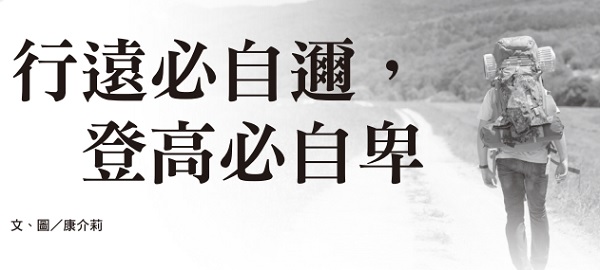
After three years of preparation, the "Italian Renaissance Tour" finally took place on March 16 this year (2017). In order to experience how the Renaissance was reborn and why it became a breakthrough in the history of art, our twenty-one members joined hands with curiosity and started a wonderful twelve-day art journey with teachers Gao Lili and Zhou Lanhui.
Three Renaissance Masters
The rich itinerary starts from Firenze (also translated as Florence), the hometown of the three Renaissance masters. The three masters are Leonardo da Vinci, Michelangelo and Raffaelo Santi. They are both good friends and wonderful rivals. Their healthy competition with each other has inspired future generations. How to pursue the infinity of art in fusion and conflict.
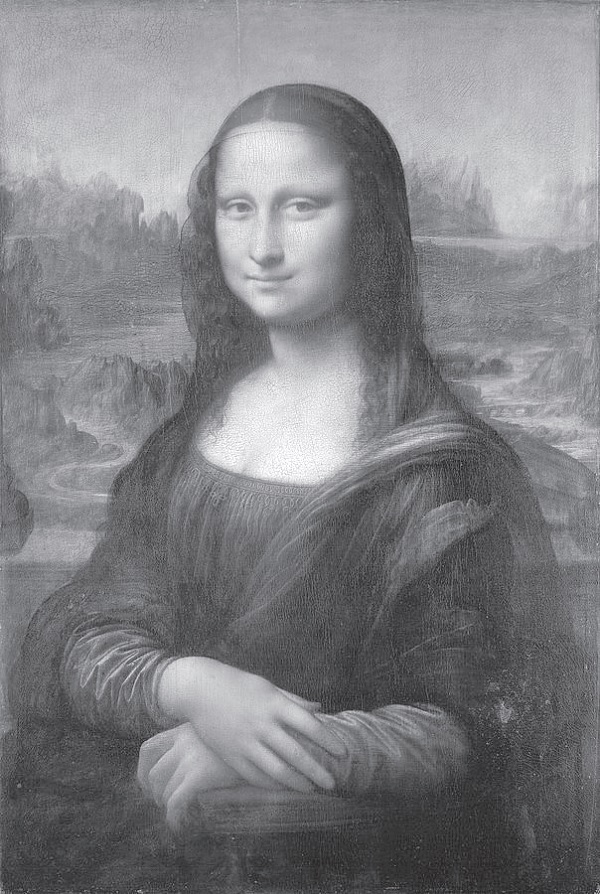
Before arriving at Feilengcui, in the early morning of March 17th, Teacher Zhou began to help us sort out the key points of the Three Heroes and preview the background - this is the focus of this trip. She painstakingly pointed out: "The Renaissance was the inspirer of art and painting, and it turned the hearts of the world back to God. We cannot talk about the Renaissance without mentioning the Medici family, who built museums and funded countless artists in Europe. They have strong financial resources. This is partly due to their love for art and their precise appreciation of art. They also understand that what they have is the grace of God, and they contribute their financial and mental efforts very humbly.”
Leonardo da Vinci is the eldest brother among the three masters, and "Mona Lisa's Smile" is one of his famous paintings. He was a mathematician, painter, military strategist, anatomist, and philosopher. He once analyzed in depth: "There are three types of people: one sees things and believes them, one can feel the inner meaning of the soul that cannot be seen, and the other A person can see through the inner structure of things and digest them into his own story. "Da Vinci believed that simple people are always young. He looked at paintings with a scientific spirit. For research purposes, he and Michelangelo dissected thirty human bodies each to understand the structure of muscle tissue, heart blood vessels, and eyeballs. Therefore, he was able to draw the inner flesh and blood texture of the characters. He was regarded as a strange person and inventor. .
Among the three heroes, Michelangelo is the second brother in terms of age and has the longest lifespan. He has the same surging sensibility as the Chinese poet Li Bai, but also has various artistic skills.
In Florence, we mainly visited Michelangelo’s David (the original marble sculpture is currently stored in the Academy of Fine Arts in Florence). Teacher Zhou guided us to see the confidence from the firm eyes of the statue, and to see the eternal commitment from the young and beautiful naked body. She believes that the sculptural body is a design that releases space, and the nude marble David statue is a design that releases the soul from marble. Mie's creation is to read one's own life in the process of sculpture. In his little poem "The Journey of Life," he said: "My heart goes to Jehovah God! People cannot be obsessed with everything in the world and welcome the salvation of the cross with open hands."
The David stone sculpture has been placed outside the city hall for 300 years. The balance of his standing posture is a reminder of Michael's sharp artistic vision. Our group traveled countless times between the City Hall and the Academy of Fine Arts, and it feels like Michelangelo still speaks to us.
The youngest among the three heroes is the handsome Raphael. Raphael was a suave man, but unfortunately he passed away at the age of thirty-seven, leaving behind more than 300 stunning paintings, which became famous as the "Virgin Holding the Baby".
The three masters of the Renaissance "were three side by side in the process of innovation, making the world bow, and we became the permanent audience year after year."
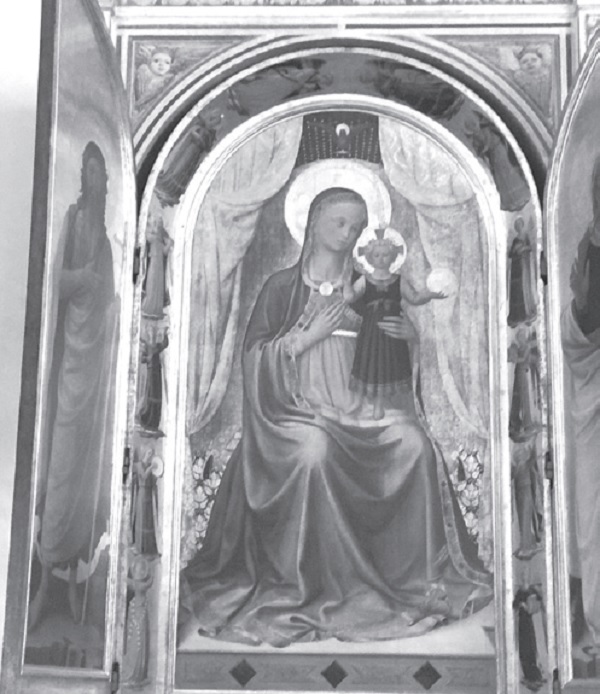
Siena, a thousand-year-old mountain city
During the journey, Teacher Gao Lili prayed warmly and tenderly every morning. Before driving, she would always ask Heavenly Father for blue skies. She would also read Psalms to remind everyone of their physical, mental and spiritual needs, hoping that everyone would be accompanied by the Holy Spirit during the journey. In the car dealership, Teacher Gao also arranged for group members to introduce each other and share their testimonies, so that the neighbors quickly became familiar with each other. He can be said to be a spiritual master hidden in the city, making everyone gain a lot from this trip from the inside out!
The next day, we drove to the mountain town of Sienna. If Fei Lengcui is a noble lady, a bit pretentious, noisy and crowded, then Sienna is a village girl, with a pure milk fragrance, kind and lovely, which reminds me of two Chinese beauties, Yang Guifei and Xi Shi. Charming, a beautiful person. The buildings of this mountain city have remained unchanged for thousands of years, such as the shell-shaped racecourse built according to the topography, which can accommodate 20,000 people to watch horse racing; the old houses of generations of residents have not been renovated, and the architectural colors have been mottled for hundreds of years; The 4th-century Amanghi bell tower still rings punctually; the 12th-century Palace of the Republic still functions as part of the town hall. The narrow streets and winding alleys are like scenes from the Middle Ages every time you look back. The air is filled with notes of Italian and the tempting aroma of delicious food. If you get up early, you can still hear the five-note chirping of a robin (mounting bird) at five in the morning, and the clear chirping of a bell at seven o'clock.
This artistic city in the 14th century was once compared with Feileng Cui. Rows of matchbox-style small Western-style buildings are built in narrow alleys at a 45-degree angle. We sat on the slope of the main square with our group members and chatted, ate Italian gelato, admired the beautiful Italian hats each other bought, or enjoyed the most beautiful fan-shaped living room on earth, strolled through the city hall, and stopped to admire the painter Ambrogio Lorenzetti The masterpiece is a huge 60 feet by 70 feet. It details what good government and bad government are. It is shocking and gives us tourists in Taiwan a really special feeling in our hearts.
Sienna has become the city in my heart with its quiet years, precipitated colors, and unhurried pace of life.

▲Murals of good government and bad government in the Sienna City Hall.
Bologna, a cultural town
After staying in the ancient capital Sienna for two days, we drove two and a half hours to Bologna, another cultural town - the birthplace of modern painter Giorgio Miranda (1894-1928).
Teacher Zhou said that Morandi is a painter among painters. He was stimulated when he joined the army in 1915, and the still lifes he painted were all gray. Many current fashion industry inspirations come from his paintings; when Obama was in office, the White House selected two of his paintings. Morandi said that art was his lover and wife, and advocated using simple things to capture the essence of art and never flattering the world. He sees the big from the small, and his paintings have the artistic conception of blank space in Chinese art. He likes to use simple materials and uses gray tones to challenge the gorgeous.
Teacher Zhou said: "The one who can draw accurately is a painter, the one who can draw the artistic conception of the real thing is the painter, the one who can imagine the soul of the real thing is the painter." After we left Italy, Teacher Zhou went to Bologna alone to search for the soul of the painter again. footprints.
Bologna has the oldest university in Europe, founded in 1088. Its medical research room is so gorgeously decorated that it is impossible to imagine that it was once a classroom for human anatomy.
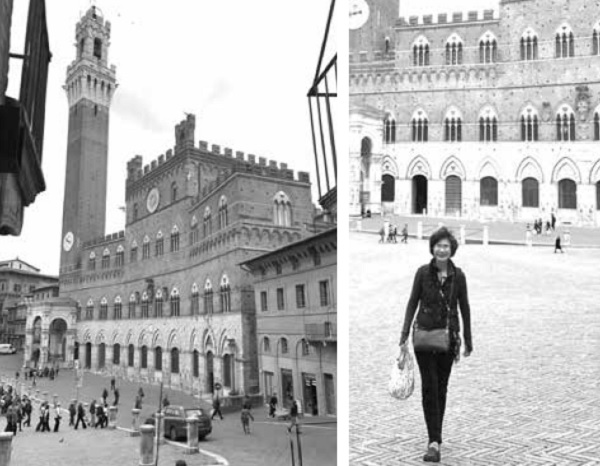
▲The author roams freely in Sienna Shell Square.
Padova - the hometown of Giotto, the father of the Renaissance
Then drive to Padova, the hometown of Giotto, the father of the Renaissance. Giotto was born in the 13th century. He was the teacher of the three Renaissance masters and the enlightener of frescoes. He changed the Byzantine painting method and painted flat and rigid figures with vivid life.
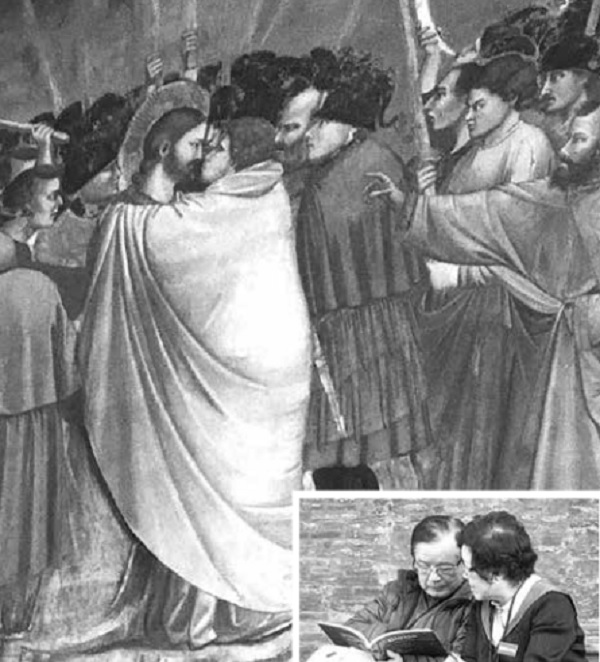
▲The doctor and his wife in the group were enjoying the cool weather outside the church, waiting to see Giotto’s frescoes.
We arrived at the Giotto Fresco Museum one hour early, sat quietly outside the courtyard, and then watched a fifteen-minute briefing in the lobby to cool down after entering the museum. After entering the studio of Gemi Hall, you can only stay for fifteen minutes and take photos. There is a limit of twenty-five people at a time. Teacher Zhou made full preparations in advance and made extra classes the night before, asking us to pay special attention to Giotto’s masterpieces. There is a work depicting the various sad expressions of ten angels, Mary and apostles when Jesus' body was taken off the cross after his crucifixion. Giotto painted figures three-dimensionally. One of the more famous paintings records the life of St. Francis, adding daily life birds, fish, and trees to dull religious paintings. His masterpiece is in Scrovegni Chapel. Although each of us paid a ticket of 17 euros, after visiting, we had to admire the Italians' respect and cherishment of history.
Romantic water town Venice
Two days before the end of the tour, we took a boat to the romantic water city of Venice. We were very excited but also a little sad because the group was about to break up. When the boat entered Venice Island, we were like children walking into an ice cream shop. Although we didn't eat it, we were full of anticipation and excitement. The city logo of Venice is the lion. There are onion-topped buildings everywhere, small islands scattered here and there, and all kinds of large and small ships...
Of course, there is also the Basilica Cattedrale Patriarcaledi San Marco, which was completed in 829 AD and the remains of the apostle Mark are stored in the museum in the square. At that time, the Republic of Venice had been established and was the commercial center of the world, but it was not until 1800 that she became a member of the Italian Republic. She is very famous, she blooms with great grace, she has her own attitude and values, and she is also a bit utilitarian!
There are more than 400 small bridges on this unique island. Venetians are relaxed and relaxed, sipping coffee on the shore. The capable tour guide took us through the paths and across the bridges, moving left and right, introducing us to the eternal beauty of Venice.

▲Piazza Bologna, Morandi’s hometown.
After walking through the main square and several small bridges, and walking a long way, we arrived at the Peggy Guggenheim Collection. After crossing several ancient wooden bridges, we strolled beside the fragrant white flower wall and felt the spring breeze kissing our cheeks and hair. The tour guide led us while singing "The Spring Breeze Kissed My Face", which was an uncontrollable "Venetian" expression in a romantic atmosphere.
It was Peggy Guggenheim who founded the Guggenheim Museum. She was a woman who dared to love and hate. She inherited a large inheritance and lived a life of intuition and willfulness. She once brought several lions back to Venice as pets. After the early death of her only daughter, she was depressed for a long time. Later, she generously donated all her property and established Guggenheim Museums in different areas, and she died in her favorite Venice.
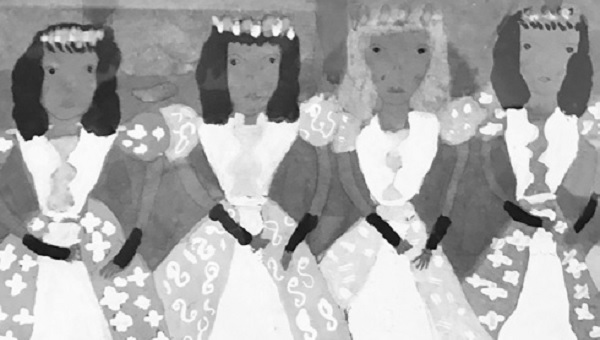
▲Paintings by Peggy Guggenheim’s daughter.
happy and satisfying memories
Unexpectedly, before the end of the trip, when I visited Piazzadelle Erbe (Market's Square) in Verona, I unexpectedly tasted a beautiful rose ice cream. I couldn't bear to let it melt, and I couldn't keep the beautiful face. The sweetness of the ice cream melting in my mouth was like the happy ending of a fairy tale.
During this trip to Italy, the meals were delicious in different ways. If we also compare it with delicious food, the Three Masters of the Renaissance have a bold and eye-catching heavy taste, Morandi has a light taste that is sour, bitter and astringent but has a sweet aftertaste, and Giotto has a creative sweet and salty taste. It is a basic and solid taste, while Venice is warm and pleasantly sweet. I hope to keep these happy and satisfying memories!
Our husband and wife's journey was from the United States to Taipei to meet up with the team, and then fly to Italy. The return journey was also from Italy to Taipei and back to the United States, truly circling the earth twice. Being able to travel so far and climb so high, with an average of 20,000 steps a day, each step is miraculously blessed and protected by God.
Author profile
Kang Jieli: She has lived in the United States for more than 30 years and is currently a member of the Chinese Church in West Houston. Reading a good book, reading a fresh piece of prose, or composing your current mood is an exquisite enjoyment during the senior years when your fingertips are fragile and your knees are weak. Accompanying grandchildren is a reward in life; sharpening one's pen becomes the re-growth of humility in life.
